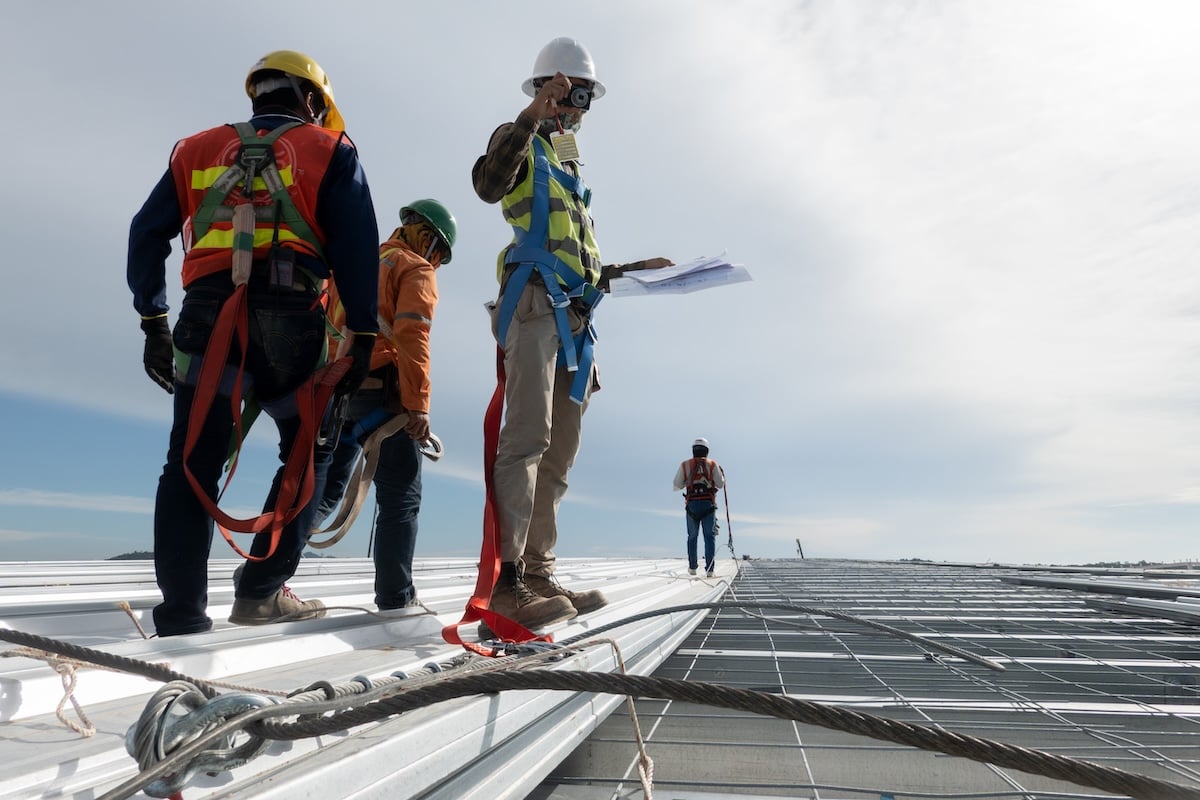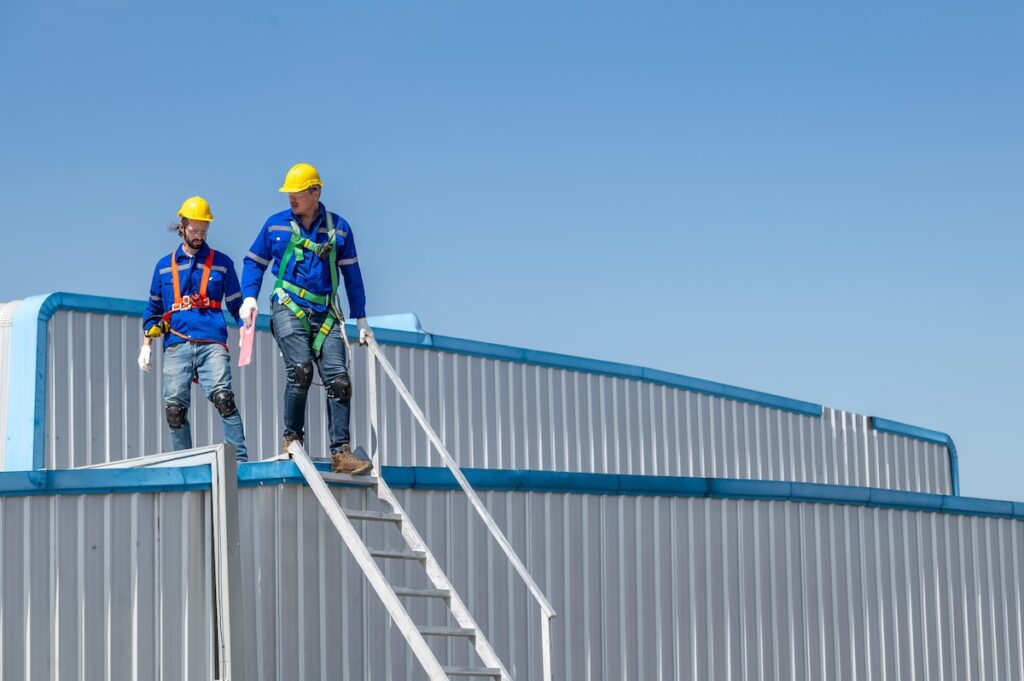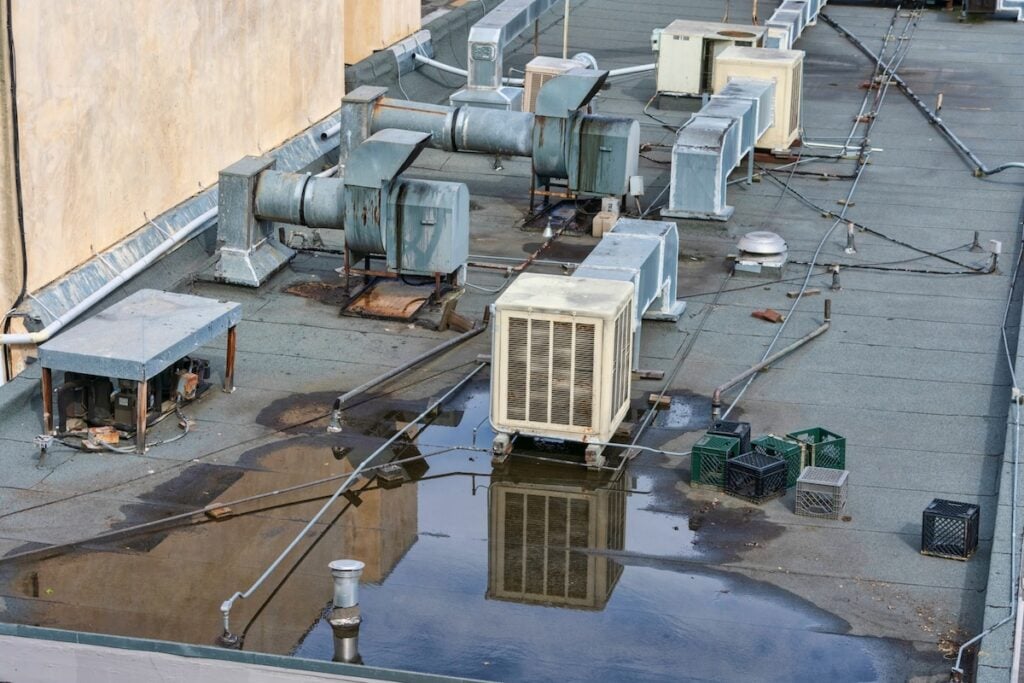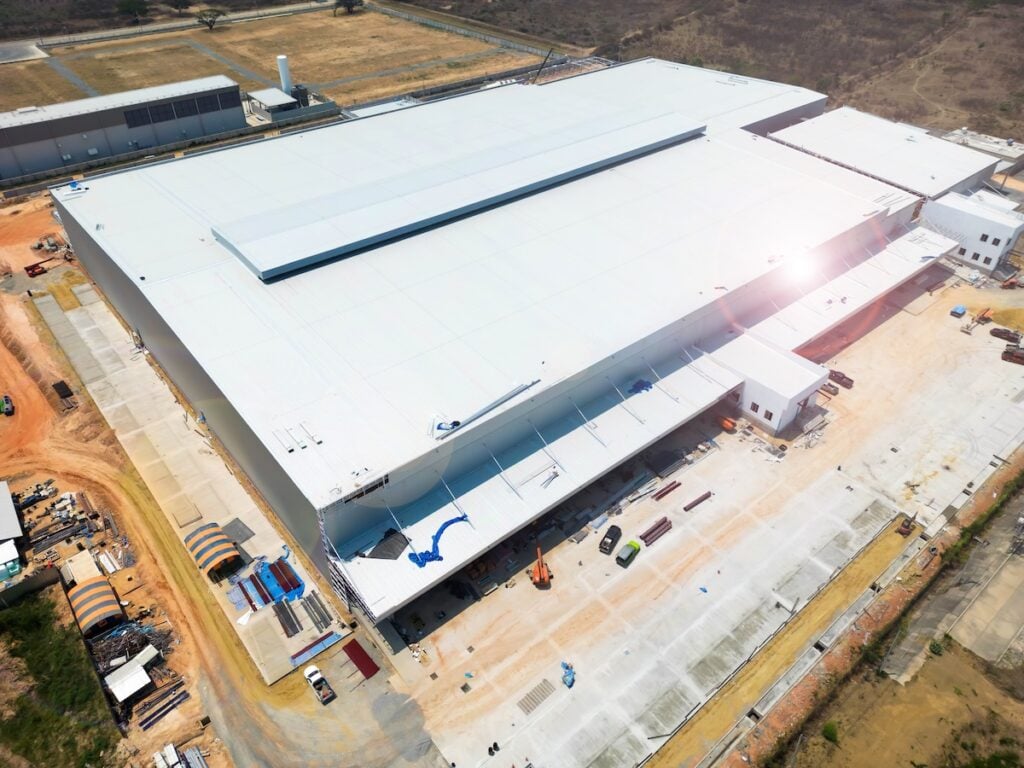
Commercial Roof Inspection: What To Expect? (2025)
7/25/25
8 Min Read
A commercial roof inspection is one of the most important steps in protecting your building investment. Business owners rely on their roofing systems to safeguard employees, inventory, and daily operations, and routine inspections ensure small issues don’t turn into costly emergencies. In 2025, inspections have become even more thorough thanks to advanced tools and improved best practices. If you’re preparing for one, knowing what to expect helps you stay ahead of problems and budget for future maintenance or repairs.
- Preventative maintenance: Inspections catch small issues before they cause expensive damage.
- Compliance and safety: Many warranties and insurance policies require routine roof inspections.
- Budget planning: Detailed reports help businesses prepare for repairs or eventual replacement.
Here’s what you can expect from a commercial roof inspection in 2025 and why scheduling one regularly is a smart move for your property.
Why Commercial Roof Inspections Matter
Commercial roofing systems are built to last, but they face constant exposure to harsh weather, UV rays, and heavy foot traffic. Even the strongest roof can develop problems over time, and small issues often go unnoticed until they become serious. A commercial roof inspection is designed to identify these problems early.
By investing in routine inspections, property owners can extend the lifespan of their roofs, maintain compliance with manufacturer warranties, and avoid disruptions to business operations. In many cases, inspections also provide valuable documentation for insurance claims following storms or other weather events.

How Often Should a Commercial Roof Be Inspected?
The frequency of inspections depends on the type of roof and the building’s environment, but experts recommend at least two inspections per year: one in the spring and one in the fall. Additional professional inspections should be scheduled after severe storms, heavy snow, or other events that may have stressed the roofing system.
For businesses with high-traffic rooftops, such as those with HVAC equipment or solar panels, more frequent inspections may be necessary. Consistent maintenance schedules help ensure issues are caught before they lead to costly leaks or structural damage.
The Commercial Roof Inspection Process
A professional roof inspection follows a detailed checklist designed to evaluate every part of the roofing system. Here’s what typically happens during the process:
- Initial consultation: The inspection begins with a meeting between the roofing contractor and the building owner or manager. During this step, the contractor gathers information about the roof’s history, including age, previous repairs, warranties, and any known issues. This background helps guide the inspection and focus attention on potential problem areas.
- Visual examination of the roof surface: Once on the roof, the contractor checks for visible signs of wear and tear. This includes looking for cracks, punctures, ponding water, blistering, seam separation, or damaged flashing. For single-ply membranes like TPO or EPDM, seam integrity is especially important, while built-up roofs may show signs of gravel loss or surface cracking.
- Checking drainage systems: Proper drainage is critical for flat or low-slope commercial roofs. Inspectors check gutters, scuppers, and downspouts for blockages or damage. Ponding water is one of the most common issues on flat roofs, and poor drainage can significantly shorten a roof’s lifespan.
- Examining roof flashing and edges: Flashing protects vulnerable areas like roof edges, penetrations, and walls from water intrusion. Damaged or poorly installed flashing is one of the most common causes of leaks. Inspectors carefully check these areas to ensure they are sealed properly and in good condition.
- Evaluating roof penetrations: Commercial roofs often have multiple penetrations for HVAC units, vents, skylights, and other equipment. These areas are prone to leaks if not properly sealed. Inspectors check the seals, gaskets, and flashing around each penetration to ensure they remain watertight.
- Interior and ceiling inspection: Inspections don’t stop at the roof surface. Contractors often check the interior ceilings and walls for signs of leaks, moisture stains, or mold growth. These indicators can point to roof problems that aren’t immediately visible from the exterior.
- Use of advanced technology: In 2025, many commercial roof inspections include advanced tools like infrared thermography or drone surveys. Infrared cameras can detect trapped moisture under the membrane, while drones provide aerial images that highlight issues difficult to spot from the surface. These technologies make inspections more accurate and less disruptive to business operations.
- Detailed report and recommendations: After the inspection, a trustworthy roofing contractor provides a written report outlining the roof’s condition, any current issues, and recommended actions. This report often includes photos, diagrams, and a prioritized list of repairs. It serves as a valuable reference for both budgeting and future maintenance planning.
Common Issues Found During Commercial Roof Inspections
Even the most durable roofing systems can develop problems over time. Here are some of the issues most commonly identified during a commercial roof inspection:

- Ponding water: Standing water indicates poor drainage and can weaken the roofing membrane.
- Seam failures: On single-ply membranes, seams can separate or weaken, allowing moisture to enter.
- Damaged flashing: Cracked or loose flashing is a leading cause of leaks.
- Membrane punctures or tears: Foot traffic, fallen branches, or debris can cause surface damage.
- Blisters or bubbles: These can signal trapped moisture within the roofing layers.
- Clogged drains and gutters: Blockages prevent proper water flow and increase the risk of leaks.
Catching these issues early prevents costly emergency repairs and helps extend the life of your roof.
Benefits of Regular Commercial Roof Inspections
Scheduling consistent inspections provides long-term benefits that go beyond simple peace of mind.
- Cost savings: Preventative inspections help identify minor problems before they escalate into major repairs. Fixing a small seam failure now costs far less than repairing widespread water damage later.
- Extended roof lifespan: Professional maintenance to commercial roofs can add years to a roof’s service life, delaying the need for full replacement and maximizing your investment.
- Insurance and warranty compliance: Many commercial roof warranties require documented inspections and maintenance. Insurance providers may also request inspection reports when processing claims, and skipping inspections could result in denied coverage.
- Safety and liability reduction: A well-maintained roof reduces the risk of leaks, structural failures, or accidents that could harm employees or customers. Inspections help property owners address safety concerns before they lead to liability issues.
Preparing for a Commercial Roof Inspection
Business owners can take simple steps to make the inspection process smoother and more effective.
- Clear roof access: Ensure ladders, stairwells, or hatches are safe and accessible.
- Provide roof history: Share records of past repairs, warranties, and previous inspection reports.
- Remove debris: If possible, clear branches, trash, or other items that might obstruct the inspection.
- Notify staff or tenants: Let building occupants know about the inspection to avoid disruptions.
By preparing in advance, property owners ensure the inspection is efficient and thorough.
What Happens After the Inspection?
Once the inspection is complete and you’ve received the report, the next step is to review the findings with your contractor. Depending on the results, you may need immediate repairs, preventative maintenance, or simply to schedule the next routine inspection. Many contractors also offer maintenance programs that include inspections, minor repairs, and cleaning to keep your roof in optimal condition year-round.

5 Key Takeaways From a Commercial Roof Inspection
To make it easier, here are the biggest points property owners should remember:
- Inspections prevent emergencies: Routine checks identify issues before they disrupt business operations.
- Drainage is critical: Poor drainage is one of the top causes of roof failure.
- Technology improves accuracy: Infrared scans and drones provide more precise inspections in 2025.
- Documentation matters: Reports protect warranties and support insurance claims.
- Contractor choice is key: Work only with experienced commercial roofing professionals.
Protect Your Investment With Routine Inspections
A commercial roof inspection in 2025 provides business owners with critical insights into the health of their roofing system. From identifying small leaks to preventing costly structural damage, inspections are a proactive way to safeguard your property, employees, and operations. The small investment of time and money in routine inspections can save you money, especially for membrane and metal roofs in emergency repairs or premature roof replacement.
At Buckeye State Roofing, we specialize in thorough commercial roof inspections backed by years of expertise. Our team uses advanced tools and proven methods to give property owners a clear picture of their roof’s condition along with practical recommendations for maintenance and repair. If you want to protect your investment and plan confidently for the future, contact us today to schedule your commercial roof inspection and get a free estimate.
